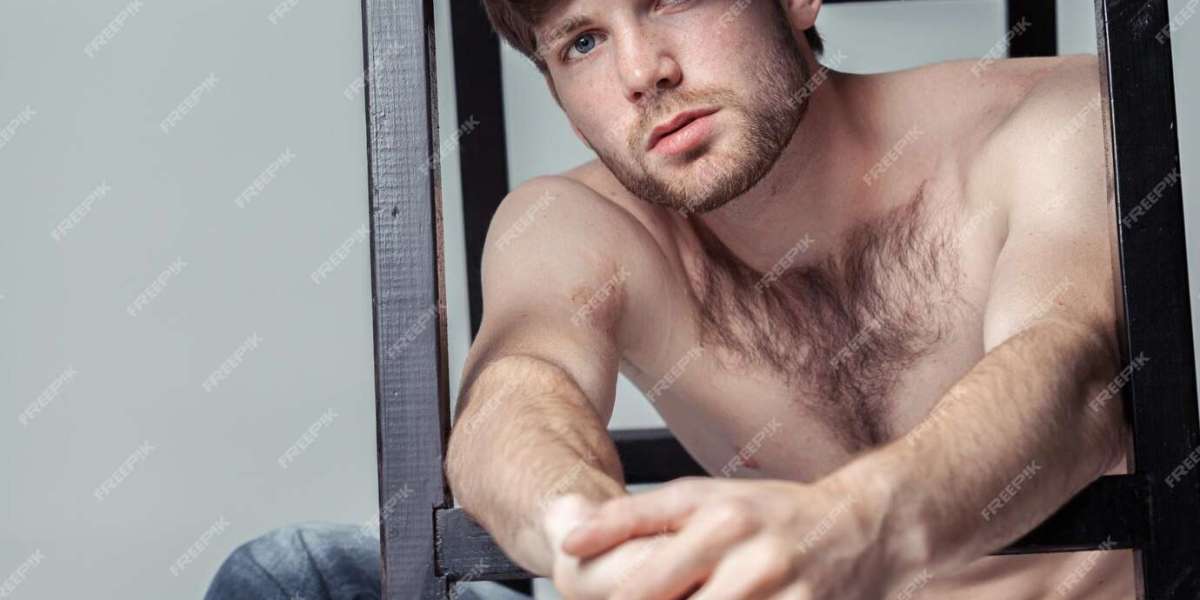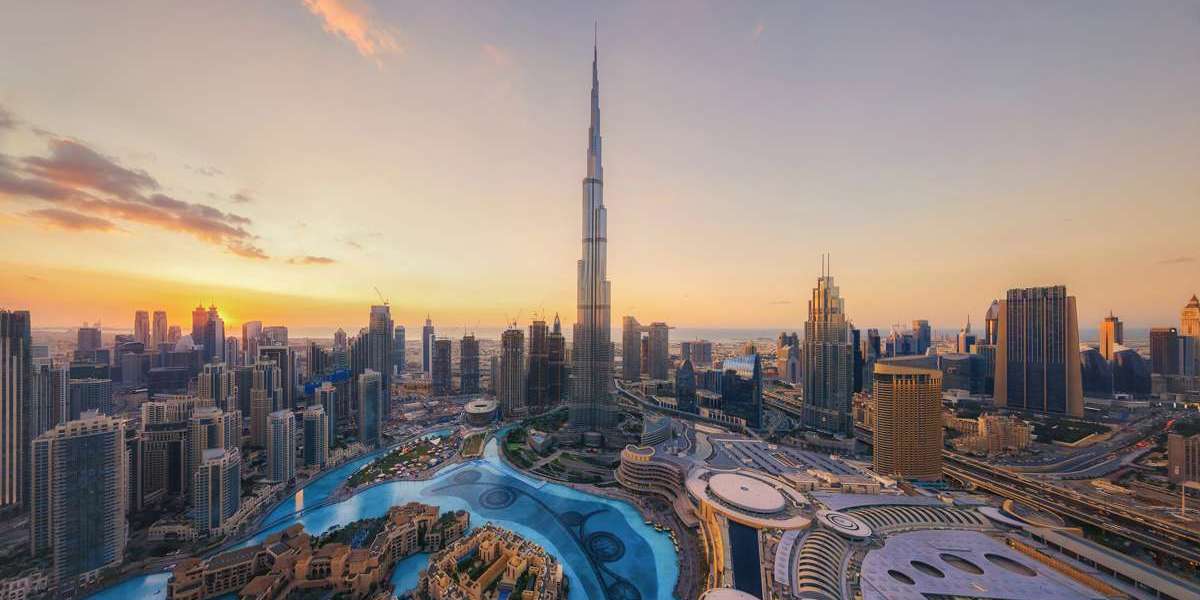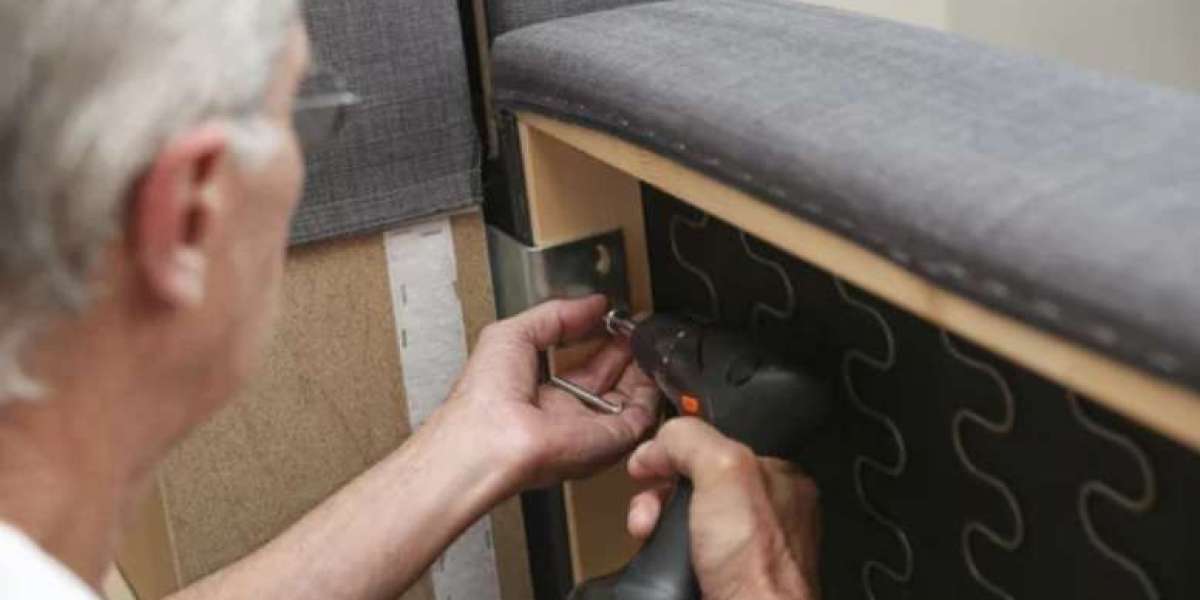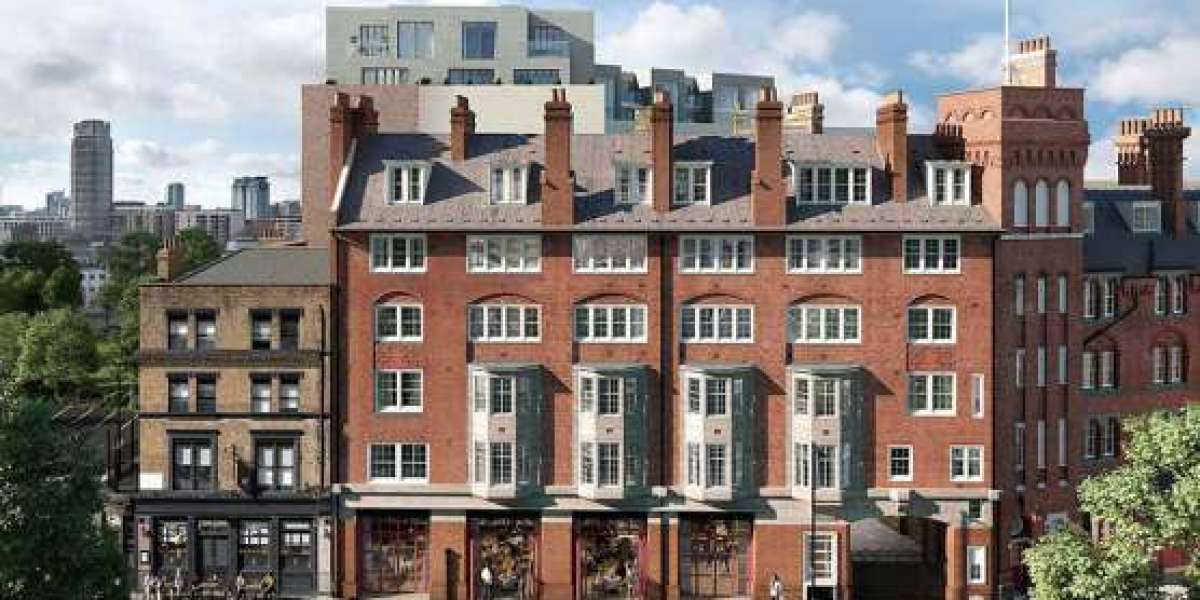Introduction: The Role of Male Photography in Celebrating Masculinity
This article will explore how professional male photography goes beyond just capturing an image – it serves as a form of expression, empowerment, and cultural significance. If you've ever wondered how these images come to life, or how they can be used to highlight both the traditional and evolving notions of masculinity, keep reading. You may also find yourself asking: How do these photographers capture the essence of masculinity, and what techniques do they use?
As we dive deeper into this world, we’ll explore the techniques, impact, and the growing movement that elevates the art of photographing men. By understanding these aspects, we gain insight not only into the art itself but also into the shifting cultural attitudes surrounding masculinity.
The Power of Visual Representation
Images are not just snapshots; they are powerful reflections of culture and identity. In the realm of professional male photography, visual representation plays a critical role in shaping societal views on masculinity. In the past, mainstream media often portrayed men through a very narrow lens—strong, stoic, and emotionally distant. However, contemporary male photography challenges and expands this representation by embracing a wider spectrum of traits and emotions.
This evolving view of masculinity has created a space for men to explore their identity through the lens of the camera. Professional photographers have the unique ability to capture men in all their dimensions: whether in raw, unfiltered portraits or staged, highly conceptual shoots. These photographs allow men to express facets of their personality that might otherwise go unnoticed. This isn't just about "looking strong" — it's about showcasing vulnerability, humor, and tenderness alongside power and grit.
For instance, consider the shift in how we view male fashion photography. Where once it was dominated by sleek, often unattainable standards, today’s male models showcase diversity in body type, style, and age. This range of expressions allows men to see themselves in ways that are more relatable, fostering a deeper connection to the art and to their own sense of self.
The Technique Behind Capturing Masculinity
The artistry of professional male photography lies in the skillful use of lighting, composition, and expression to convey the many layers of masculinity. A skilled photographer understands that capturing the essence of masculinity is not about forcing a particular "tough guy" image but rather finding the raw, authentic moments that make the subject come alive on film.
One of the most important techniques used in male photography is lighting. Lighting can dramatically alter how masculinity is perceived. For example, soft lighting can create an intimate, vulnerable portrayal, while harsher, more dramatic lighting can emphasize strength, intensity, and power. The interplay between light and shadow adds depth and texture to the image, allowing different aspects of a man's character to emerge.
Another key technique is composition. How a photographer frames their subject can convey a lot about how masculinity is being presented. A strong, commanding pose with the subject looking directly into the camera can exude confidence and power, while a more relaxed pose might communicate vulnerability or introspection. These subtle changes in how a subject is posed can shift the entire narrative of the photograph.
Furthermore, understanding body language is essential in capturing masculinity. The way a man carries himself—whether through confident posture or more subdued gestures—can convey immense amounts of information about his personality. Professional photographers are adept at guiding their subjects to bring out these authentic moments, making each photograph feel both intimate and powerful.
How Photography Reflects the Changing Definition of Masculinity
The idea of masculinity is not static—it evolves over time, and photography plays a significant role in that evolution. What was once considered “masculine” has changed drastically over the years. Today, men are embracing a wider range of roles and expressions, and photography captures this shift in real-time.
Where previous generations might have only seen a narrow range of traits as masculine—strength, stoicism, and dominance—today's professional male photography embraces a more inclusive understanding. Men are now seen embracing vulnerability, nurturing, and emotional depth. This changing narrative is reflected in the art of photography, where subjects are portrayed not just as heroes or warriors but as complete individuals with complex emotional lives.
These changes are a direct response to shifting cultural norms and the ongoing conversation about gender equality, mental health, and the acceptance of different forms of masculinity. As a result, photography has become an important tool for challenging stereotypes and pushing the boundaries of what is considered masculine. Photographers who embrace these changes are instrumental in breaking down societal barriers and allowing men to see themselves reflected in ways that align with their true identities.
The Importance of Professional Male Photography in Challenging Stereotypes
Professional male photography serves as a tool for not only celebrating masculinity but also challenging the stereotypes that often surround it. The idea that masculinity is a one-size-fits-all concept has long been outdated. Today, men from all walks of life are redefining what it means to be masculine, and photography is at the forefront of this shift.
One important aspect of this is the representation of male bodies. For years, media and advertising have emphasized a very narrow ideal of what the "perfect" male body looks like. Thanks to the work of professional photographers who push boundaries, there is now a greater emphasis on diversity. Models of different body shapes, skin tones, and ages are being showcased as masculine. This inclusion helps challenge the idea that there is one universal standard of attractiveness or strength.
Moreover, professional male photographers have been instrumental in capturing men in a way that goes beyond the stereotypical “macho” image. Today’s photography reveals men in their full complexity: men who can be strong and sensitive, tough and tender, bold and thoughtful. These varied portrayals help normalize the idea that masculinity is not limited to a rigid set of characteristics. It can be fluid, multifaceted, and ultimately reflective of a person's unique identity.
Photography has also contributed to the ongoing conversation around mental health, allowing men to express their emotions and struggles through powerful imagery. In this way, photography not only captures a moment in time but can also act as a catalyst for change in societal perceptions of masculinity.
Conclusion: Celebrating the Many Facets of Masculinity Through Photography
Professional male photography is an art form that continues to evolve and play an important role in reshaping how masculinity is viewed and celebrated. By embracing diverse expressions of manhood—whether through fashion, portraiture, or fine art photography—this medium offers a deeper understanding of what it means to be a man in today’s world.
From showcasing strength and power to revealing vulnerability and emotion, male photography provides a multifaceted view of masculinity that reflects the complexities of real-life men. It allows them to see themselves in a new light, free from the constraints of outdated stereotypes. In doing so, it fosters a sense of pride, self-expression, and authenticity.
As this movement continues to grow, it’s clear that professional photography will remain a crucial part of the conversation about masculinity. So, whether you’re an aspiring photographer or simply someone looking to understand more about the art form, remember that the power of the lens is in its ability to capture truth—truth about masculinity, and truth about the men who embody it. For those curious about how to take male nudes, consider exploring resources like how to take male nudes to understand how professional photographers approach the subject matter with both respect and artistry.



